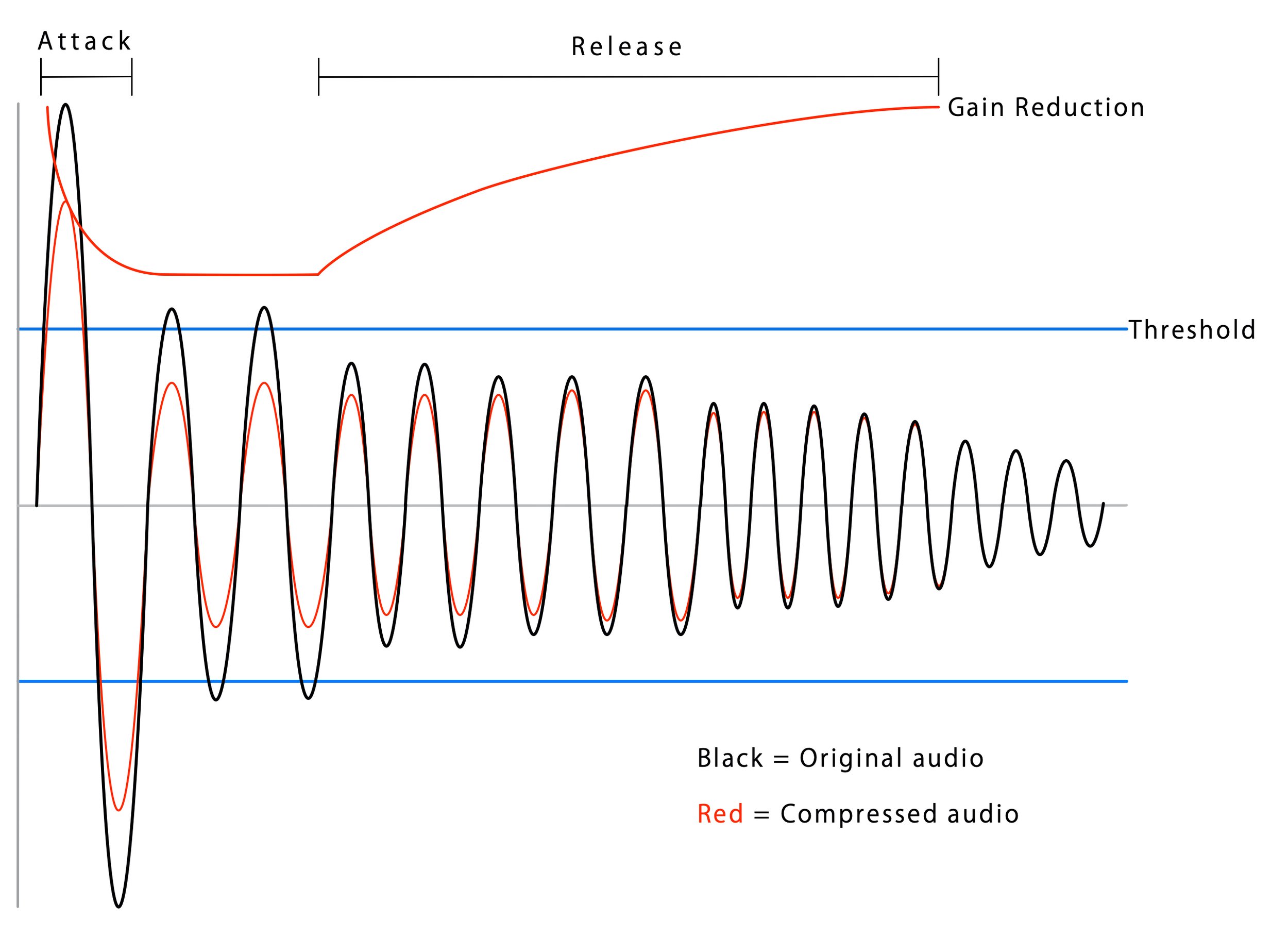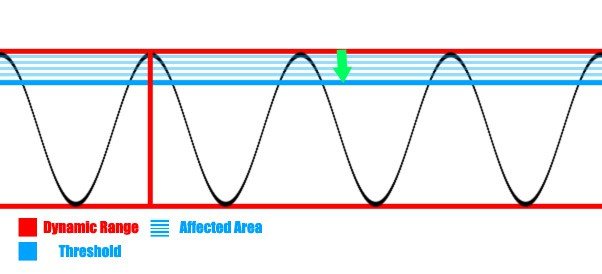Compression vs. Limiting - What's the Difference?
Introduction
In the world of audio processing, managing dynamics is an essential part of music production and sound engineering. Two critical tools for achieving this are compression and limiting. While both serve the purpose of controlling audio dynamics, they operate differently and are used in distinct scenarios. In this comprehensive guide, we'll delve into the differences between compression and limiting, helping you understand when and how to use each to craft polished and balanced audio.
Compression: Taming Dynamics with Finesse
What is Compression?
Compression is a dynamic audio processing technique used to control the dynamic range of a sound signal. Dynamic range refers to the variation in loudness between the quietest and loudest parts of an audio signal. Compression works by reducing the volume of loud sounds, or "peaks," and increasing the volume of quiet sounds, or "troughs," ultimately narrowing the dynamic range.
How Does Compression Work?
A compressor is an audio processor that applies dynamic control based on user-defined settings. It functions by comparing the incoming audio signal to a specified threshold. When the audio level exceeds this threshold, the compressor reduces the gain of the signal, effectively lowering its volume. The ratio control determines the degree of gain reduction applied. The attack and release settings dictate how quickly the compressor responds to changes in signal levels, shaping the envelope of the processed audio.
When to Use Compression?
Compression is a versatile tool used in various aspects of audio production:
Dynamic Control: Use compression to even out the dynamic range in vocal recordings, drums, and instruments. It helps maintain consistent levels and prevents peaks from overloading the mix.
Enhancing Sustain: Compression can add sustain and thickness to instruments like electric guitars and bass, making them sound more prominent in the mix.
Punch and Transients: By adjusting the attack and release settings, compression can emphasize or tame the transient elements in percussive instruments, such as snare drums or kick drums.
Gluing the Mix: In mixing, compression can help blend tracks together, creating a more cohesive and professional-sounding mix.
Limiting: The Wall That Can't Be Touched
What is Limiting?
Limiting is another dynamic audio processing technique, but it serves a more specific purpose than compression. A limiter is an audio processor designed to prevent audio signals from exceeding a defined loudness level, often referred to as the "ceiling" or "threshold." Essentially, limiting sets a hard boundary for the loudest part of the audio signal, ensuring it does not go above the specified level.
How Does Limiting Work?
A limiter works by instantly reducing the gain of any audio signal that exceeds the defined threshold. Unlike a compressor, which applies gradual gain reduction, a limiter provides an absolute cap, resulting in a more abrupt and pronounced effect. The output level of a limiter remains constant, no matter how high the input level goes.
When to Use Limiting?
Limiting is typically employed in situations where absolute level control is crucial:
Preventing Clipping: Limiters are used to prevent audio signals from clipping or distorting, especially in live sound applications.
Mastering: In the mastering stage of music production, limiters are essential for raising the overall loudness of a track to competitive levels without causing distortion or unwanted artifacts.
Broadcast and Streaming: Limiters are used to ensure that audio content adheres to strict loudness standards for broadcast and streaming platforms. They prevent excessive loudness that could cause listener discomfort.
Protection: Limiters are also used to protect audio equipment from potential damage due to excessive signal levels.
Key Differences Between Compression and Limiting
While both compression and limiting are dynamic processing techniques, there are distinct differences between the two:
Purpose: Compression is primarily used to control dynamic range, smooth out audio levels, and enhance tone and character. Limiting, on the other hand, serves to set a hard limit on maximum loudness, preventing clipping and distortion.
Response Time: Compression allows for a more gradual and musical response to level changes, while limiting provides an immediate and often more transparent response.
Gain Reduction: Compressors reduce gain by varying amounts depending on the input signal, while limiters apply a constant, predefined level of gain reduction once the threshold is exceeded.
Applications: Compression is widely used in tracking, mixing, and sound design, while limiting is most commonly applied during mastering, live sound reinforcement, and broadcast.
Effect on Audio Dynamics: Compression alters the dynamic characteristics of audio signals, creating a smoother, more controlled sound. Limiting, on the other hand, maintains the original dynamics but prevents signals from exceeding a certain level.
Compressor vs. Limiter: What to Choose and When
The choice between a compressor and a limiter depends on the specific requirements of your audio processing task:
Use a compressor when you need to smooth out the dynamic range, add character, or create a more balanced and controlled sound. Compressors are versatile tools that can be applied to individual tracks and instruments during tracking, mixing, and sound design.
Choose a limiter when your primary goal is to ensure that audio signals do not exceed a specific loudness level. Limiters are ideal for preventing clipping, maximizing loudness during mastering, and adhering to broadcast and streaming loudness standards.
Conclusion
Compression and limiting are two essential dynamic processing tools in music production and sound engineering. They each serve distinct roles, with compression acting as a dynamic controller and enhancer, while limiting sets an absolute ceiling on loudness to prevent distortion and clipping. By understanding the differences between compression and limiting and knowing when and how to use each, you can enhance the quality and impact of your audio productions, from tracking and mixing to mastering and beyond. Both tools offer creative and technical possibilities that every producer and engineer should explore to craft captivating and polished soundscapes.




